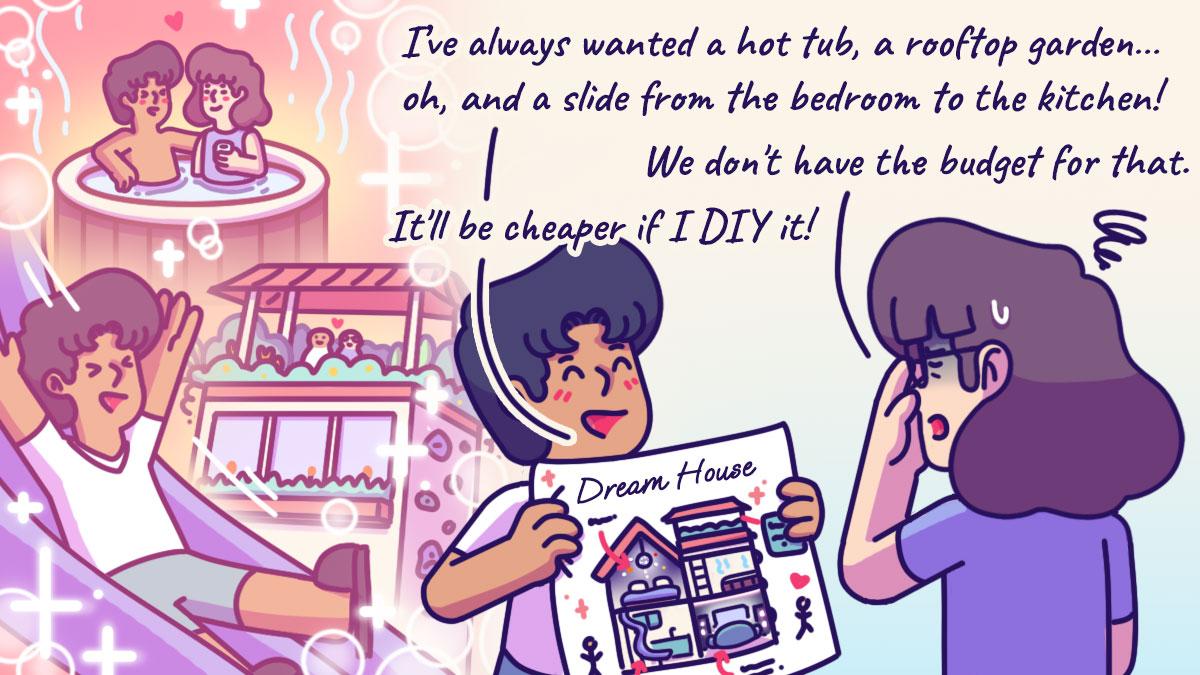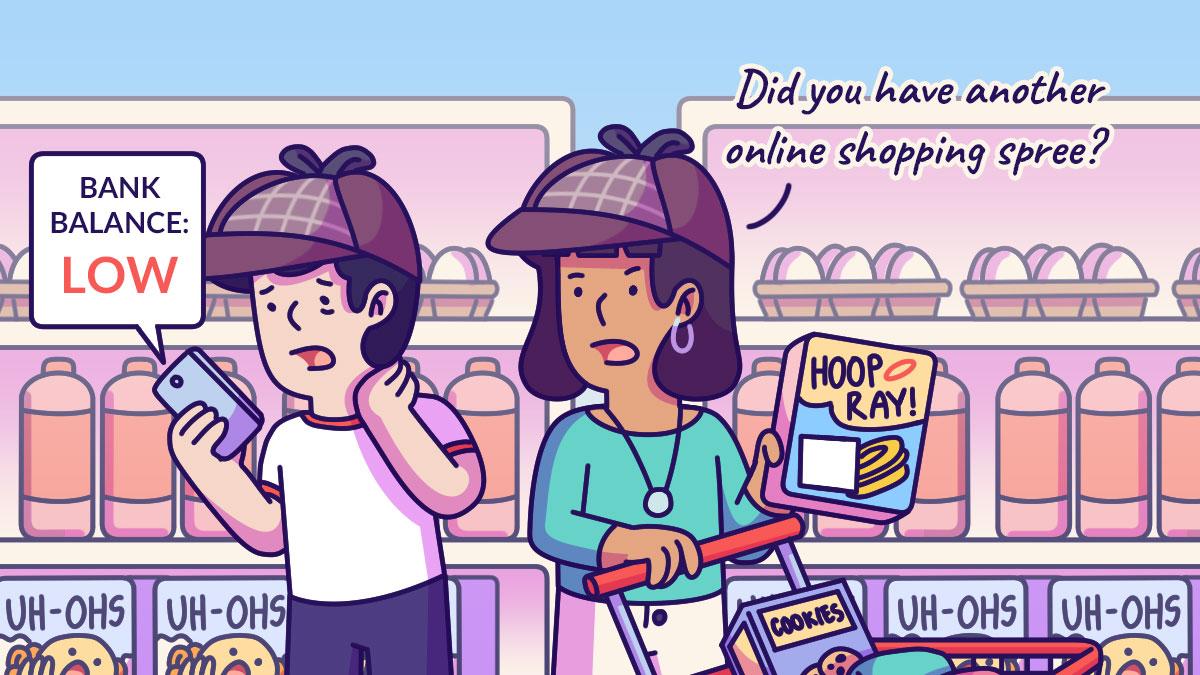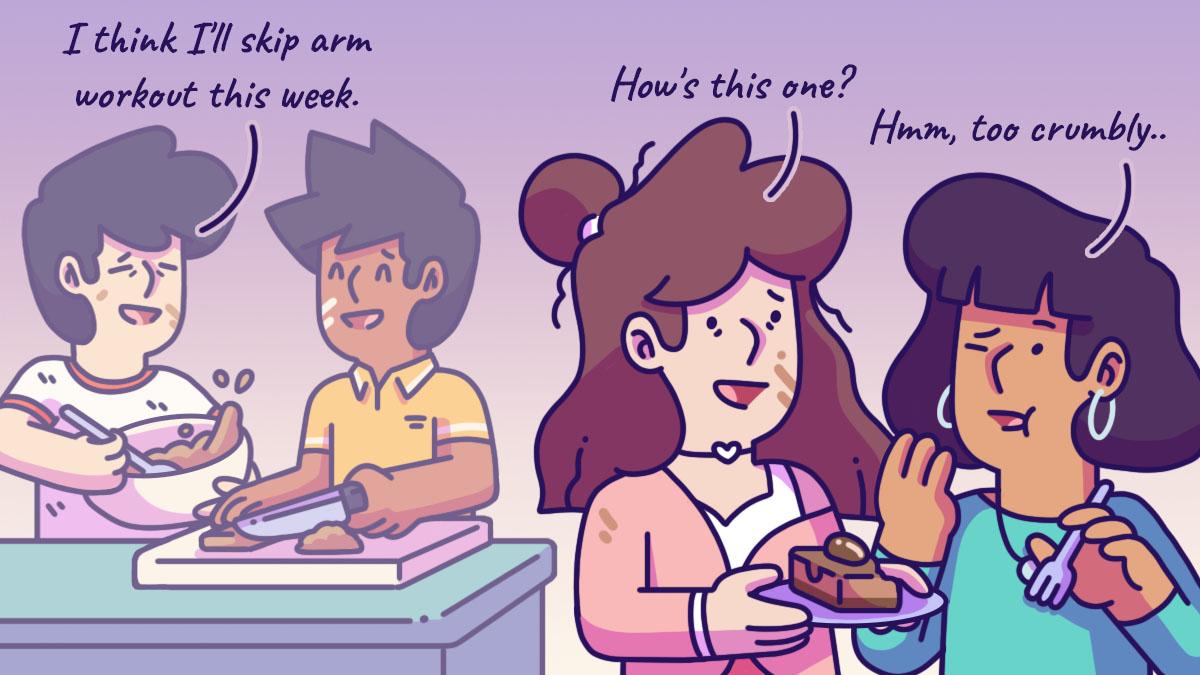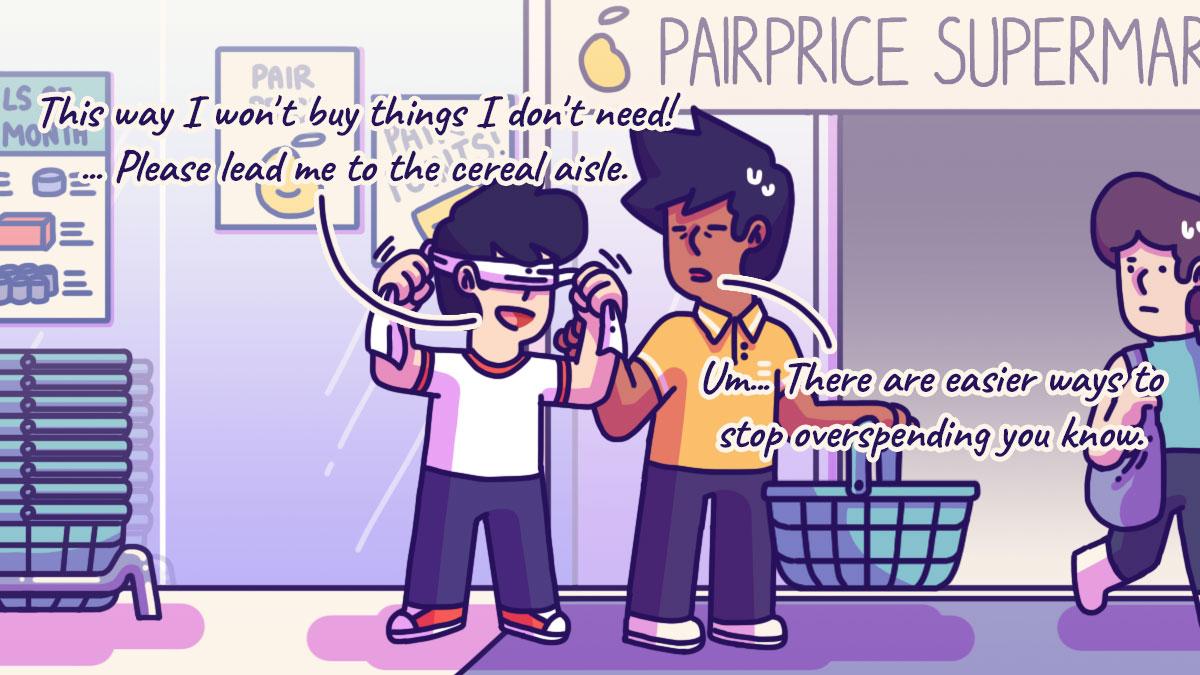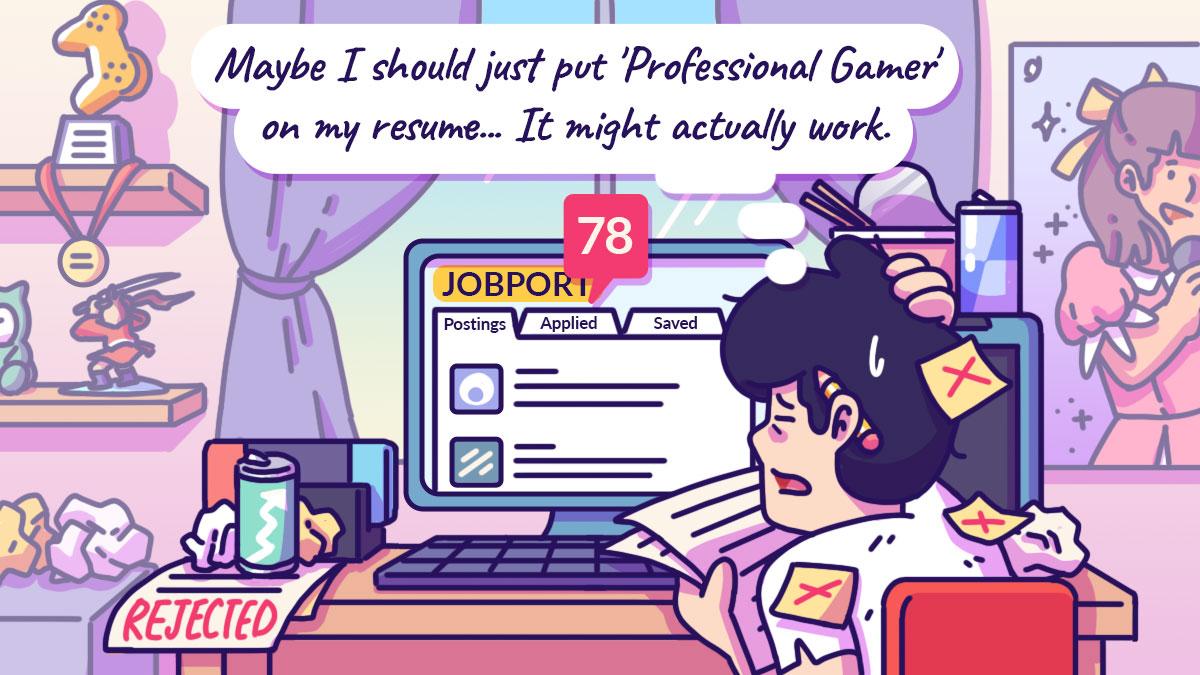Getting heavily addicted to video games is bad – but have you ever been addicted to spending money for in-game items (also known as microtransactions)?That’s right, we’re talking things like good ol’ MapleStory or Habbo Hotel credits – both of which were
the free-to-play (FTP) games of our youth.FTP games are completely free to download for anyone, for obvious reasons. Game companies usually want a large as possible player base before they dig deep and start making money. “But these games are free,” you might say. “How are they gonna make money if we don’t have to buy the game?”
Microtransactions: The Game Company’s Money Bag
Welcome to a world where you’re given the option of snagging in-game, exclusive items that have a low chance of being “earned” by dedicating time to your FTP games.
One well-known example is League of Legends, where players can spend money in real-life for virtual skins and unlocking heroes the easy way. Then there’s Warframe, where you can purchase Platinum – the game’s virtual currency – to buy equipment.
There are exceptions to this. Overwatch, Blizzard’s team shooter, isn’t free. Yet players are able to purchase in-game lootboxes to try and get lucky for exclusive, event-locked skins and other cosmetics. (I’m one of those players.)
What does this mean? It means game companies are giving you games so they can earn money from you at a later stage, when you’re more invested.
But can you really blame development teams for cursing you with irresistible in-game items when you’re running yourself broke for them?
How Far Players Take It – and Where They Draw the Line
A friend of mine, Amirah, who’s currently on internship in Vietnam, admitted that she must have spent around
$4,500 on in-game items and microtransactions to this day. That’s about…
1,000 packets of chicken rice, if each packet went for $4.50.
“I have savings, of course,” she stressed after that staggering revelation.
Amirah plays League of Legends and, previously, MSTAR – though she dropped the latter due to an overemphasis on microtransactions. “You have to pay more to get the best in-game experience which isn’t worth the money,” she told me. “In-game stuff like VIP clubs and wedding events have to be paid for – monthly. It isn’t a one-time thing.”[caption id="attachment_5196" align="aligncenter" width="768"]

Will sell my soul for Riot Points[/caption]When asked about what’s usually in her shopping cart, she said, “mostly skins that are permanent. I don’t spend money on lootboxes. I often buy skins I like that are
cheaper or sold in a bundle.”
But don’t the little things all add up along the way?
Small transactions here and there can, after all, snowball into something bigger than you imagined.
So I talked with Amirah a little more about her financial habits.
“I manage this by meeting my top priorities [financially] first,” she shared. “Stuff like transport and bills. Once they’re settled, and if I have enough, I’ll spend a bit on games. It’s important to budget and manage your finances well so you have more money for these things.”
Fellow League player, Jannah, sets aside a fixed budget every month for in-game transactions. And she doesn’t just buy
anything.
“I make sure it’s only champions that I play and use the most. Also, I reward myself for personal achievements on specific champions. I think I’ve spent more than $500; on Garena, we’re able to check our transaction history.”
Another friend of mine, who I’ll refer to as Jake, also spends money on in-game microtransactions – both for League of Legends and a mobile gacha game. He counted
$320 in Garena cards, but “not counting the recent cash-throwing through eNETS and some cards I threw away.”[caption id="attachment_5195" align="aligncenter" width="768"]
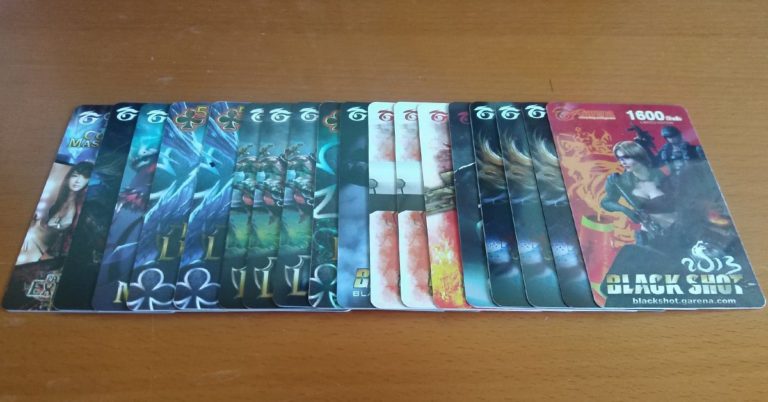
Look, Ma. This is what I’ve done with my life.[/caption]He’s dabbled with microtransactions and in-game loot for a long time. “Back when I was 13 to 15, I was on parental allowance. My parents didn’t know any better, and neither did I. I used to pace it out, like, save money every week and then blow it on shells whenever I saw a sale up.
“I still do it but with a different mobile game now – the game’s a gacha game; I save up my allowance from the army to blow on gachas that have characters I like.”
When asked about the total damage so far, he said, “I spent about
$300 on gacha last year.”
Press F to pay respects.G for Gacha… or Gambling?
To the uninitiated, gacha (or gachapon) is a money tool used in many of Japan’s most successful FTP games.
You might recognise the term in reference to those $1 toy machines in malls; gacha games work the same way in that it pulls – at random – a selection of heroes or other in-game loot.
Ana, a 29-year old comms executive, acknowledges that “[gacha] is a form of gambling, though very far from the traditional sense.”
She plays various mobile games, including Fire Emblem Heroes, Fate Grand Order, and Marvel Future Fight. During our chat, she brought up three factors she felt determined whether a gacha or mobile game is bordering on gambling or not.
“The factors involved include the in-game item I want, whether there’s a below-100% chance I’ll get it, and having to pay actual currency for a chance to attain the item,” she explained. “If I had a chance but didn’t need to pay, it isn’t gambling, in my opinion. The actual chance of failure to attain something in exchange for real money makes it a gamble.”
Jake thinks gacha games are huge gambles, himself.
“They prey on the human tendency to spend,” he said. “You’re never guaranteed to getting what you want even if you spend large amounts of money. The worst part of this is that gachas and stuff like it aren’t illegal or behind an age restriction yet.”
It should be noted that regulators in the EU (like Belgium’s Gaming Commission) are determined to classify microtransactions as a form of gambling and impose a ban on them. Yikes!
“I manage this by meeting my top priorities [financially] first. Stuff like transport and bills. Once they’re settled, and if I have enough, I’ll spend a bit on games. It’s important to budget and manage your finances well so you have more money for these things.”
Most of Ana’s purchases involve lootboxes that cost around
$10 to $15, “though there are more expensive options
up to $40 for guaranteed in-game items.” These are either cosmetic items or items that help to advance or improve the overall game experience.[caption id="attachment_5194" align="aligncenter" width="768"]
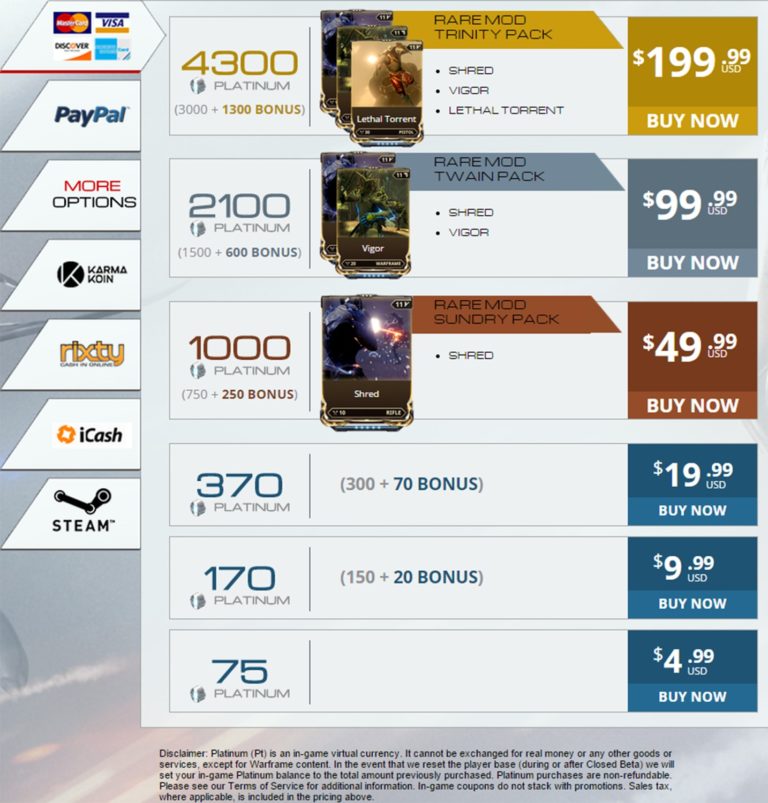
Hmm. Maybe I don’t need lunch this week[/caption]It’s interesting that most gamers I talked to – like Ana – all display a measure of self-control and good financial management.
Perhaps these habits come from experience – or past mistakes.
“I set a budget based on what I can afford when it comes to personal entertainment,” Ana revealed. “I don’t buy lootboxes often, but when I do, it’s very carefully considered. My policy is to turn off the game and try again tomorrow (though game companies get around this by making some items limited time exclusive only).”
According to Ana, offering up $10 to microtransactions is as good as sacrificing “a couple of cups of bubble tea which offer no nutritional value,” (sorry boba fans!) “and is consumed for pleasure, like lootboxes.”
“Such things do help in my social sphere when connecting with friends into the same games,” she added.
But you don’t always
have to pay for lootboxes or in-game items. Such is the case of Overwatch.
Dorey, who’s 20 and works in retail, quotes around $100 to $120 (USD) for their expenditure so far on the game, “mostly if there’s an event skin or item that I love (which is often).” In Dorey’s case, they don’t always have the time to grind it out on the game to get lucky with free lootboxes (that are given to players every time they level up or complete certain events).[caption id="attachment_5193" align="aligncenter" width="768"]
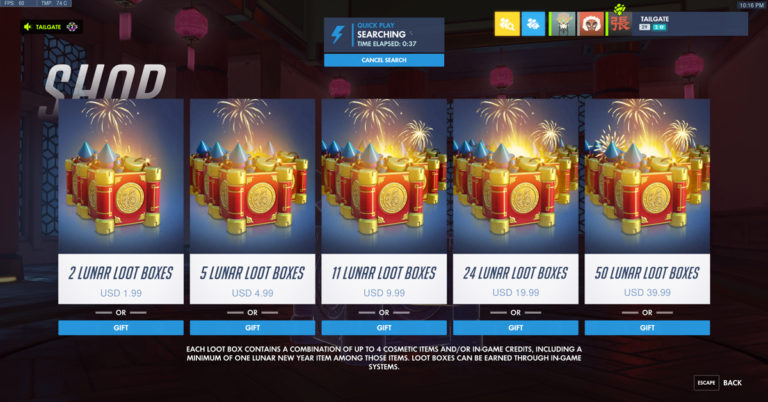
Huat ah![/caption]“I don’t buy too much to begin with,” Dorey said. “I spend maybe $20 per event. I don’t spend money on much. Just food, rent, Overwatch, and one other hobby of mine – Magic: The Gathering. Neither of them are expensive, though, so I still save a decent amount. I also like to limit myself spending on lootboxes. After all, they’re just cosmetics and I could always get it again next year.”
Discipline Is the Name of the Game
So what’s the takeaway here? Probably that microtransactions aren’t inherently evil – especially if you have self-control. “It’s a good way to pay for updated content when it comes to giving back to the company,” said Jannah. “If multiplayer games could be cheaper or free but charge in-game transactions, it’s a great business tool.”
And it already is up to the individual how much they’re willing to spend on lootboxes and in-game stuff.
“They prey on the human tendency to spend. You’re never guaranteed to getting what you want even if you spend large amounts of money. The worst part of this is that gachas and stuff like it aren’t illegal or behind an age restriction yet.”
Ultimately, it all boils down to great financial habits and a sense of control when your salary comes in. This is why everyone’s raving about budgeting tips like paying yourself first and splitting up your salary using the 50/30/20 method.
If you’re able to save money well, you won’t have to worry about going broke just because you really wanted that S class hero.
And lastly, for parents with kids who play these games, it’s probably wise to keep a close eye on things.
“Kids below a certain age shouldn’t be exposed to lootboxes or gacha at all,” Ana suggested. “Though in the changing landscape of entertainment on mobile, I think the 13+ rating is reasonable in a controlled setting. Parents could give kids an iTunes or Google Play gift card and educate them about the value of money.”
“Gacha isn’t going anywhere, so we might as well teach [kids] from a young age about it instead of pretending it doesn’t exist.”
Can’t stop gaming? Hold W on these actionables first:
- Track your expenses closely and make sure you’re not overspending on lootboxes
- Set aside a fixed budget for in-game items if you can’t keep away from stores
- Know that it’s OK to spend money on microtransactions, but it isn’t OK to go broke doing so
- Dial things down a little if you’re becoming addicted and it eats into your savings
How much do you spend on video games these days? Let us know the jaw-dropping amount!


 Will sell my soul for Riot Points[/caption]When asked about what’s usually in her shopping cart, she said, “mostly skins that are permanent. I don’t spend money on lootboxes. I often buy skins I like that are cheaper or sold in a bundle.”
But don’t the little things all add up along the way?
Small transactions here and there can, after all, snowball into something bigger than you imagined.
So I talked with Amirah a little more about her financial habits.
“I manage this by meeting my top priorities [financially] first,” she shared. “Stuff like transport and bills. Once they’re settled, and if I have enough, I’ll spend a bit on games. It’s important to budget and manage your finances well so you have more money for these things.”
Fellow League player, Jannah, sets aside a fixed budget every month for in-game transactions. And she doesn’t just buy anything.
“I make sure it’s only champions that I play and use the most. Also, I reward myself for personal achievements on specific champions. I think I’ve spent more than $500; on Garena, we’re able to check our transaction history.”
Another friend of mine, who I’ll refer to as Jake, also spends money on in-game microtransactions – both for League of Legends and a mobile gacha game. He counted $320 in Garena cards, but “not counting the recent cash-throwing through eNETS and some cards I threw away.”[caption id="attachment_5195" align="aligncenter" width="768"]
Will sell my soul for Riot Points[/caption]When asked about what’s usually in her shopping cart, she said, “mostly skins that are permanent. I don’t spend money on lootboxes. I often buy skins I like that are cheaper or sold in a bundle.”
But don’t the little things all add up along the way?
Small transactions here and there can, after all, snowball into something bigger than you imagined.
So I talked with Amirah a little more about her financial habits.
“I manage this by meeting my top priorities [financially] first,” she shared. “Stuff like transport and bills. Once they’re settled, and if I have enough, I’ll spend a bit on games. It’s important to budget and manage your finances well so you have more money for these things.”
Fellow League player, Jannah, sets aside a fixed budget every month for in-game transactions. And she doesn’t just buy anything.
“I make sure it’s only champions that I play and use the most. Also, I reward myself for personal achievements on specific champions. I think I’ve spent more than $500; on Garena, we’re able to check our transaction history.”
Another friend of mine, who I’ll refer to as Jake, also spends money on in-game microtransactions – both for League of Legends and a mobile gacha game. He counted $320 in Garena cards, but “not counting the recent cash-throwing through eNETS and some cards I threw away.”[caption id="attachment_5195" align="aligncenter" width="768"] Look, Ma. This is what I’ve done with my life.[/caption]He’s dabbled with microtransactions and in-game loot for a long time. “Back when I was 13 to 15, I was on parental allowance. My parents didn’t know any better, and neither did I. I used to pace it out, like, save money every week and then blow it on shells whenever I saw a sale up.
“I still do it but with a different mobile game now – the game’s a gacha game; I save up my allowance from the army to blow on gachas that have characters I like.”
When asked about the total damage so far, he said, “I spent about $300 on gacha last year.”
Press F to pay respects.
Look, Ma. This is what I’ve done with my life.[/caption]He’s dabbled with microtransactions and in-game loot for a long time. “Back when I was 13 to 15, I was on parental allowance. My parents didn’t know any better, and neither did I. I used to pace it out, like, save money every week and then blow it on shells whenever I saw a sale up.
“I still do it but with a different mobile game now – the game’s a gacha game; I save up my allowance from the army to blow on gachas that have characters I like.”
When asked about the total damage so far, he said, “I spent about $300 on gacha last year.”
Press F to pay respects. Hmm. Maybe I don’t need lunch this week[/caption]It’s interesting that most gamers I talked to – like Ana – all display a measure of self-control and good financial management.
Perhaps these habits come from experience – or past mistakes.
“I set a budget based on what I can afford when it comes to personal entertainment,” Ana revealed. “I don’t buy lootboxes often, but when I do, it’s very carefully considered. My policy is to turn off the game and try again tomorrow (though game companies get around this by making some items limited time exclusive only).”
According to Ana, offering up $10 to microtransactions is as good as sacrificing “a couple of cups of bubble tea which offer no nutritional value,” (sorry boba fans!) “and is consumed for pleasure, like lootboxes.”
“Such things do help in my social sphere when connecting with friends into the same games,” she added.
But you don’t always have to pay for lootboxes or in-game items. Such is the case of Overwatch.
Dorey, who’s 20 and works in retail, quotes around $100 to $120 (USD) for their expenditure so far on the game, “mostly if there’s an event skin or item that I love (which is often).” In Dorey’s case, they don’t always have the time to grind it out on the game to get lucky with free lootboxes (that are given to players every time they level up or complete certain events).[caption id="attachment_5193" align="aligncenter" width="768"]
Hmm. Maybe I don’t need lunch this week[/caption]It’s interesting that most gamers I talked to – like Ana – all display a measure of self-control and good financial management.
Perhaps these habits come from experience – or past mistakes.
“I set a budget based on what I can afford when it comes to personal entertainment,” Ana revealed. “I don’t buy lootboxes often, but when I do, it’s very carefully considered. My policy is to turn off the game and try again tomorrow (though game companies get around this by making some items limited time exclusive only).”
According to Ana, offering up $10 to microtransactions is as good as sacrificing “a couple of cups of bubble tea which offer no nutritional value,” (sorry boba fans!) “and is consumed for pleasure, like lootboxes.”
“Such things do help in my social sphere when connecting with friends into the same games,” she added.
But you don’t always have to pay for lootboxes or in-game items. Such is the case of Overwatch.
Dorey, who’s 20 and works in retail, quotes around $100 to $120 (USD) for their expenditure so far on the game, “mostly if there’s an event skin or item that I love (which is often).” In Dorey’s case, they don’t always have the time to grind it out on the game to get lucky with free lootboxes (that are given to players every time they level up or complete certain events).[caption id="attachment_5193" align="aligncenter" width="768"] Huat ah![/caption]“I don’t buy too much to begin with,” Dorey said. “I spend maybe $20 per event. I don’t spend money on much. Just food, rent, Overwatch, and one other hobby of mine – Magic: The Gathering. Neither of them are expensive, though, so I still save a decent amount. I also like to limit myself spending on lootboxes. After all, they’re just cosmetics and I could always get it again next year.”
Huat ah![/caption]“I don’t buy too much to begin with,” Dorey said. “I spend maybe $20 per event. I don’t spend money on much. Just food, rent, Overwatch, and one other hobby of mine – Magic: The Gathering. Neither of them are expensive, though, so I still save a decent amount. I also like to limit myself spending on lootboxes. After all, they’re just cosmetics and I could always get it again next year.”
